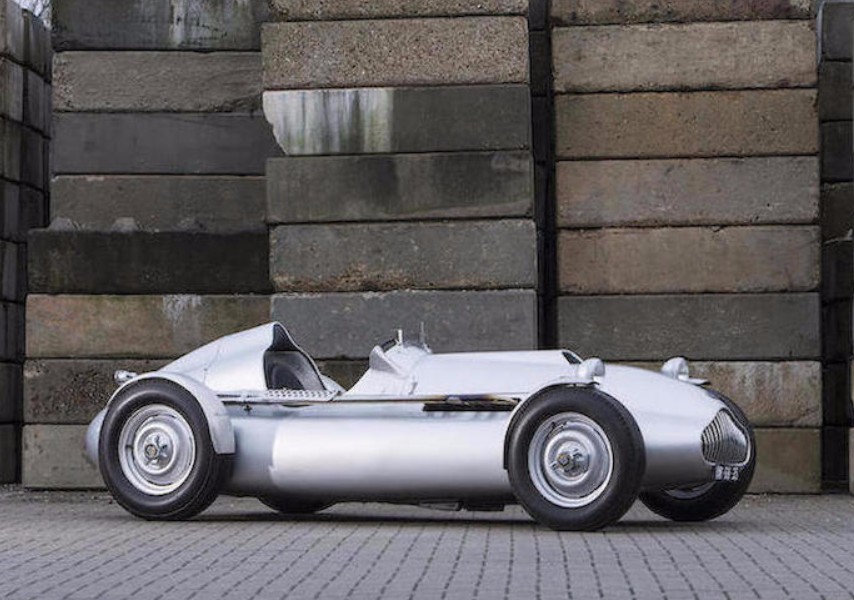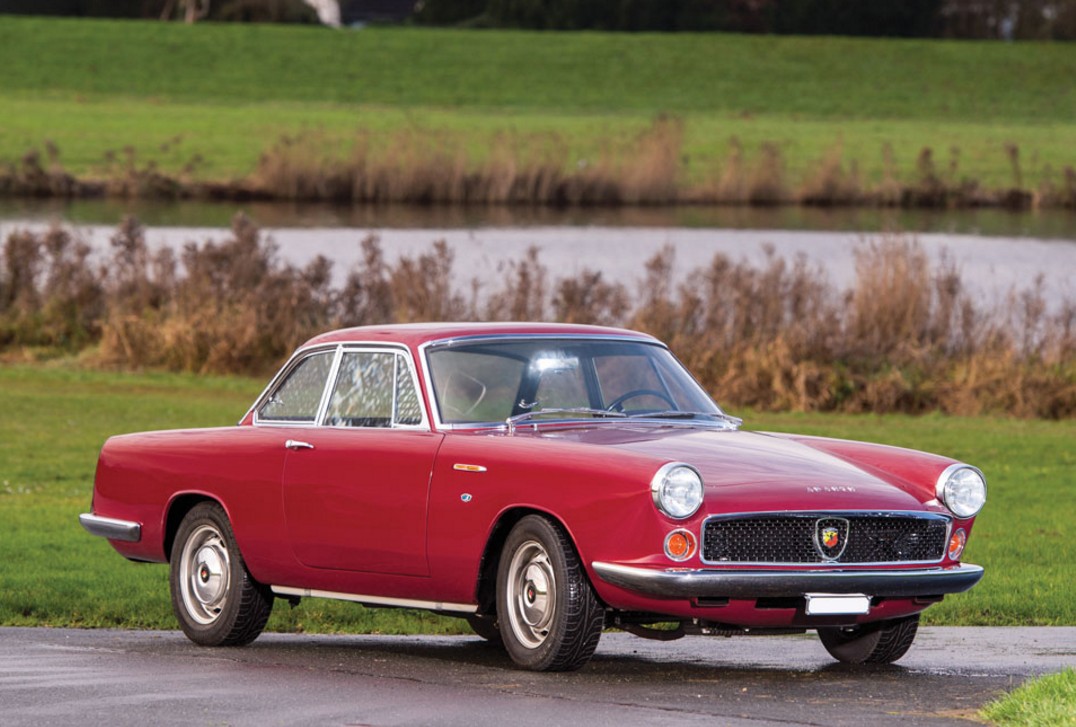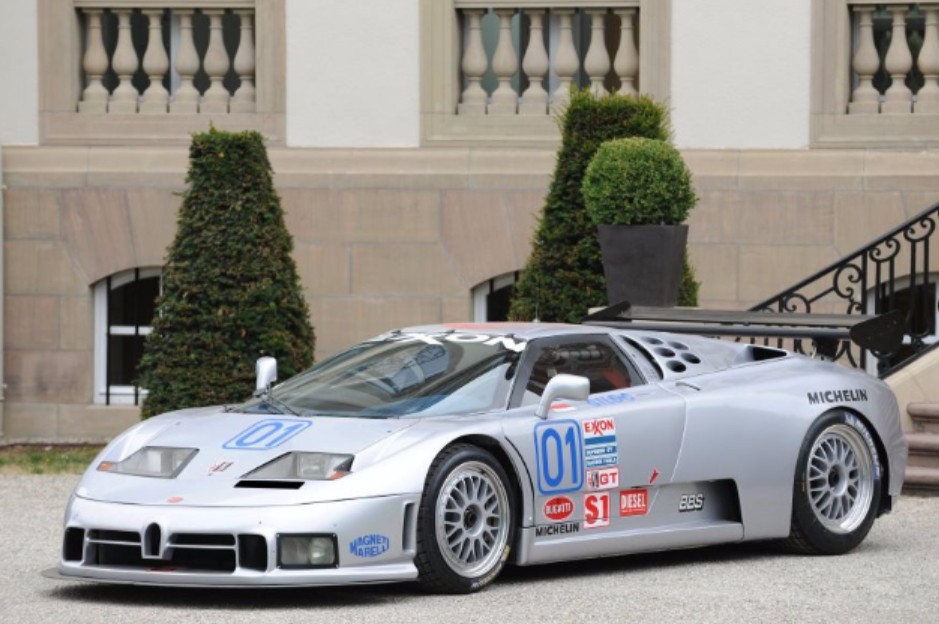1950 Veritas Meteor
Offered by Bonhams | Paris, France | February 4, 2016
The regulations for Formula One changed after the war, leaving a hole below it for smaller displacement cars. Enter Formula 2. It lasted up through 1984, when it was then replaced by Formula 3000. Veritas was a German manufacturer that hopped on the Formula 2 train early. The Meteor was their single-seater model.
Vertias cars were mainly powered by pre-war BMW 328 engines. Cars built after 1949 used a new 2.0-liter straight-four from Heinkel. This example was the final single-seater built by Veritas and it was only raced once, at the 1952 Chemnitz Grand Prix.
When Veritas shut down in 1953, this car was given to an employee instead of a paycheck. He kept it until the late 1970s, when it made its way to Las Vegas and stayed there until 2008. It was a runner-up in class at the 1992 Pebble Beach Concours and was most recently restored in 2010. Less than 50 Veritas competition cars were built and this one should bring between $230,000-$260,000. Click here for more info and here for more from Bonhams in Paris.
Update: Not sold.



